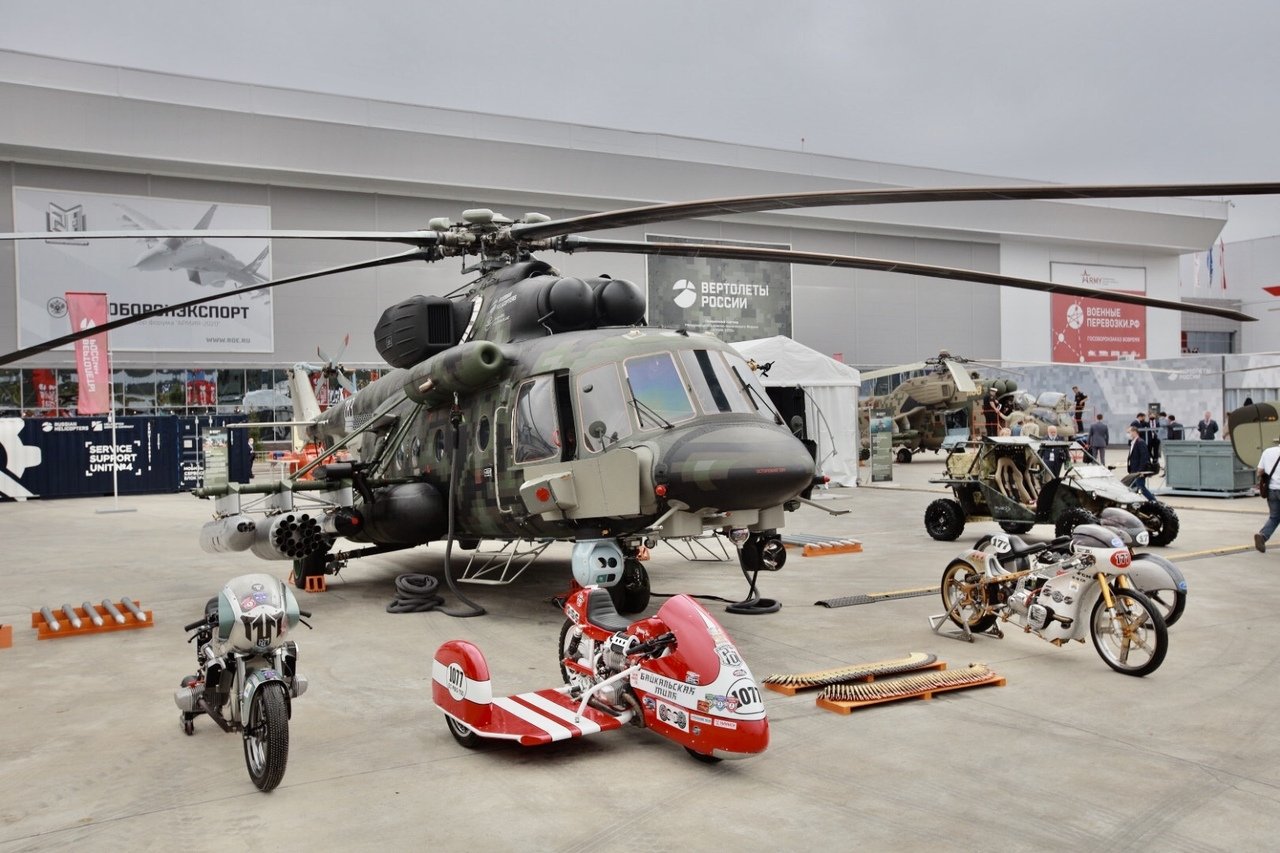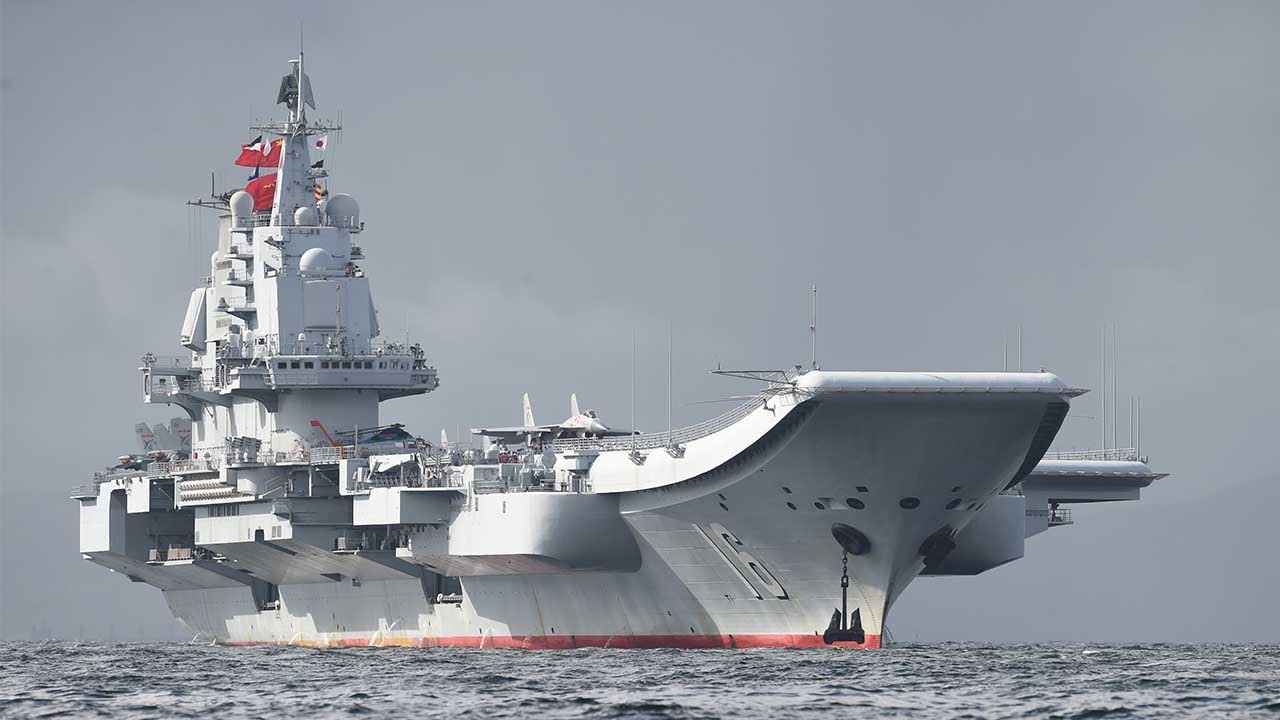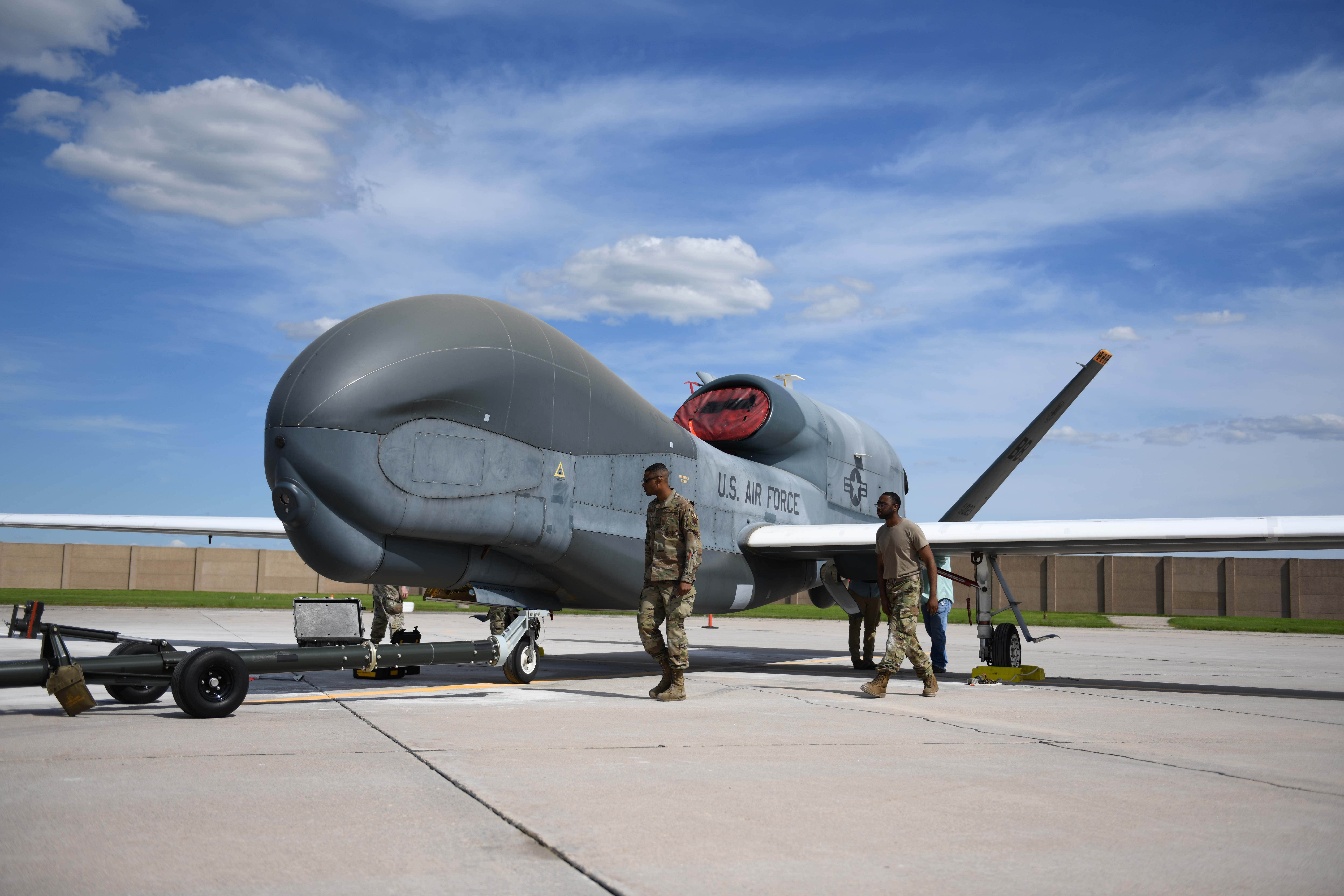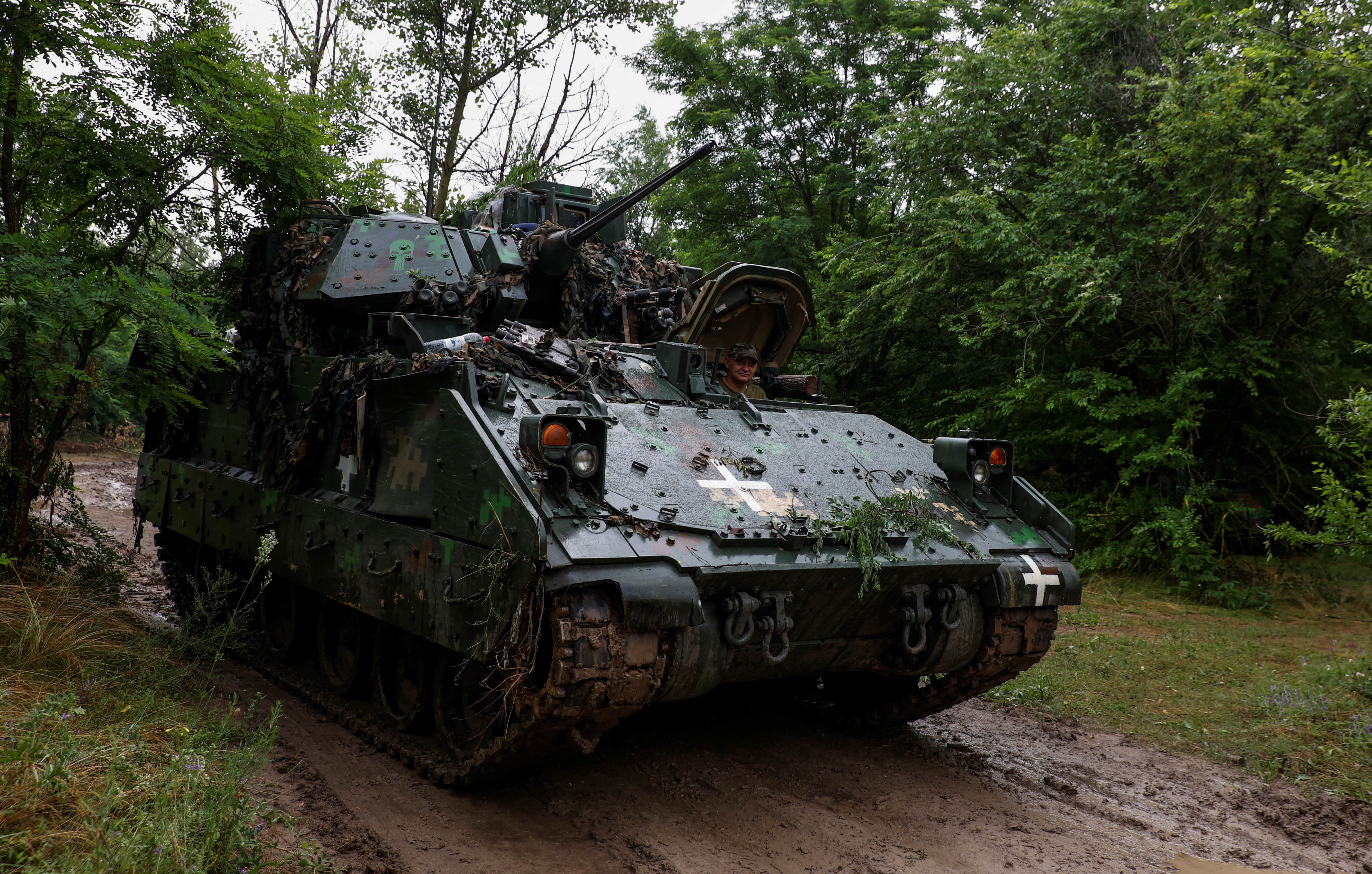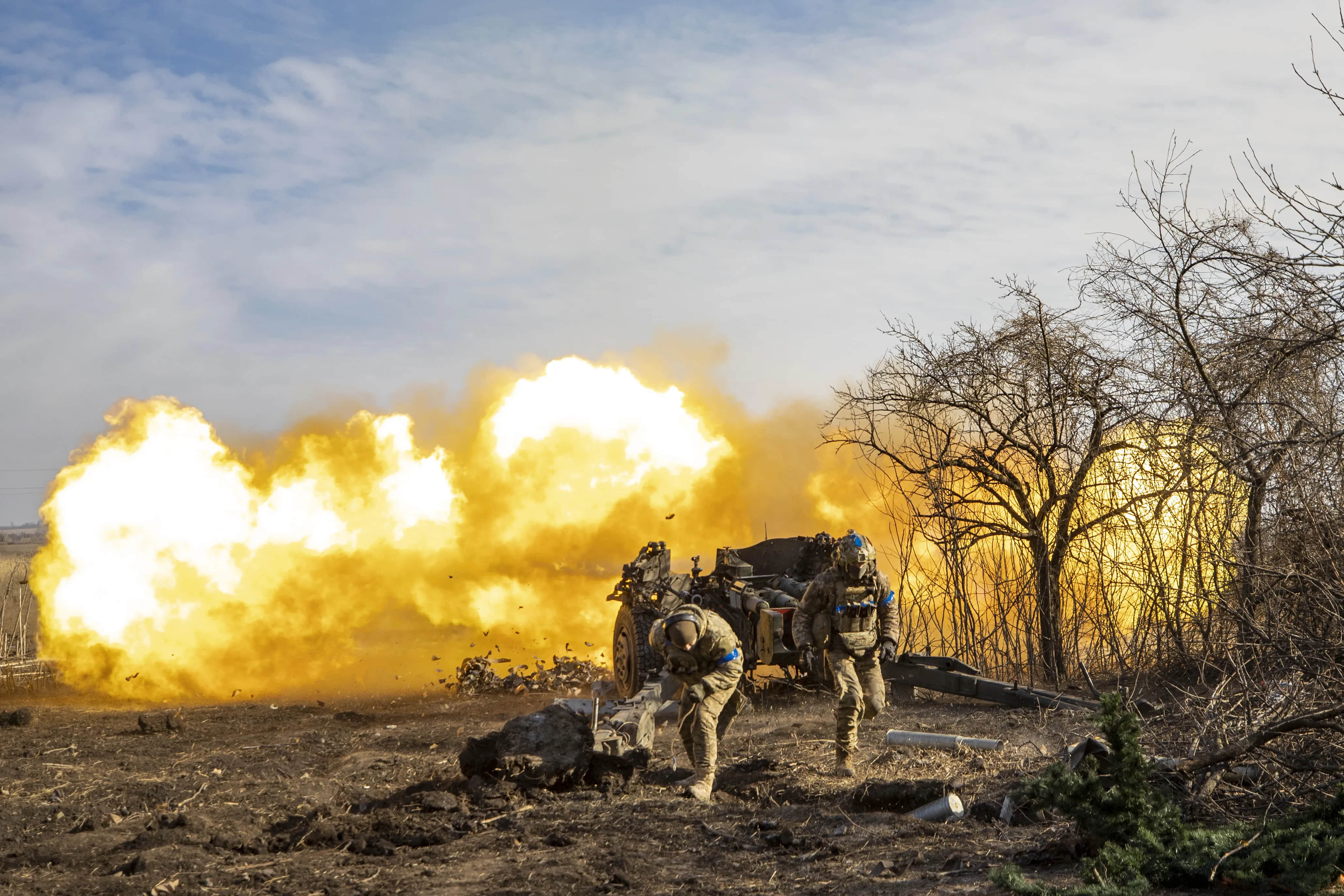The Czech Republic has formally taken over 62 locally-produced Tactical Infantry Transport and Utility Systems (TITUS) during a defense and security technology trade event in Brno.
The delivery is part of a 2019 contract seeking a multi-purpose armored vehicle fleet for the Czech Army.

For Combat and Communication
Around 40 of the 6×6 vehicles were designed for command-staff and liaison operations, while the remaining units will be deployed for fire support coordination.
The majority of the vehicles will be used by the army’s 4th and 7th Brigade Task Forces as replacements for obsolete radio facilities to improve the information relay of command and control systems.
The TITUS fleet is expected to sustain communications support from brigade to battalion level according to NATO standards once inducted into service.

“TITUS is able to receive and transmit information from combat units to the command post in minutes and literally to the opposite end of the globe. The army has never had anything like that at its disposal,” Czech Defence Communication and Information Systems Director Brig. Gen. Petr Šnajdárek stated.
Czech Defence Forces Development Director Gen. Petr Milčický added, “By being able to transmit information (image and sound) faster and in larger volumes, this area will be completely strengthened. In addition, communication with allies on the common battlefield will be significantly simplified.”

TITUS 6×6 Armored Vehicle
TITUS is designed with a TATRA chassis that enables high modularity for warfighters. This architecture enables users to deploy the vehicle in different roles across any terrain and achieve a speed of 110 kilometers (68 miles) per hour.
The system can be configured for combat security, wᴀʀfare support, counter-terrorism intervention, and peacekeeping operations.

TITUS is also constructed with level 3 ballistic protection in accordance with the NATO STANAG alliance methodology, securing soldiers from 70-millimeter kinetic energy projectiles, 155-millimeter high explosive artillery, and mine explosions.
Furthermore, the vehicle’s tires have re-inflating and run-in insert technologies to maintain operability even if punctured.
“TITUS is not only a top-of-the-line liaison vehicle and a point of fire coordination, but it can also defend itself very effectively on the battlefield,” Šnajdárek said.
